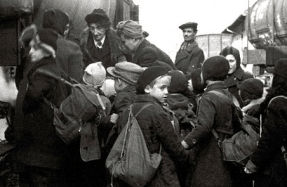The Murder that Reignited the Revolution

When the Palais Royal, official Parisian residence of the duc d’Orléans, was first opened to the public in 1786, it very quickly became one of the most fashionable places in the capital. Wealthy and stylish Parisians gathered there to shop, dine, drink coffee and enjoy other less salubrious pleasures either in the shade of the elegant arcades, which sheltered dozens of shops, or in the beautiful gardens. After 1789, with the advent of the French Revolution, the arcades of the Palais Royal were as bustling and popular as ever, so it was only natural that Charlotte d’Aumont Corday, a fresh-faced 25-year-old from Caen in Normandy, headed there during her first ever visit to Paris in July 1793. She had arrived two days earlier and taken up residence in a hotel on the nearby Rue Hérold, where she impressed everyone with her well-bred elegance and fine manners, the result of being sent to a convent school after the death of her mother. Corday’s family belonged to the lower ranks of the aristocracy, enjoying a quietly comfortable lifestyle but unable to afford the legendary excesses of the royal court at Versailles. Nonetheless, they boasted one illustrious ancestor in the dramatist Pierre Corneille, who had specialised in tragedy and was considered, along with his peers Racine and Molière, to be one of the greatest playwrights of the 17th century, although by 1789 his popularity had waned, due in part to the scathing criticism of Voltaire.
Like Corneille, his descendant Corday
You’re reading a preview, subscribe to read more.
Start your free 30 days





